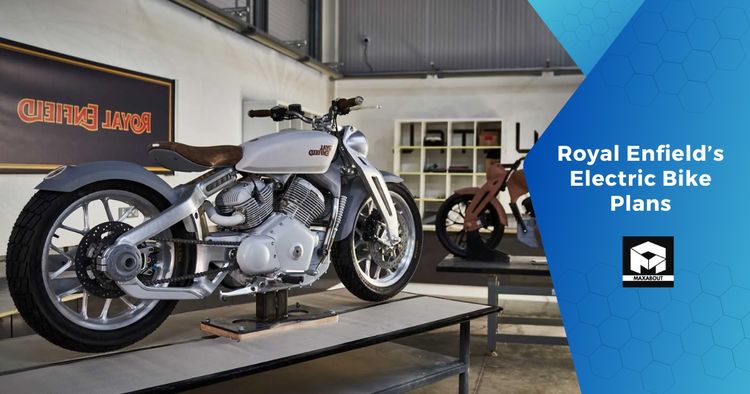Introduction
Renowned motorcycle maker Royal Enfield is preparing to leave its imprint in the electric mobility market. The company is in the process of developing an advanced electric platform that will enable it to introduce a range of electric bikes and New information has revealed more about the expected power and performance of the electric motorcycles.
Impressive Power Output
In a significant departure from its traditional internal combustion engine offerings, Royal Enfield is embracing electrification with a robust powertrain. The electric bikes under development are expected to boast an impressive peak power output of around 16 kilowatts (kW) while delivering a continuous power output of 9 kW. These electric bikes are expected to be over three times more powerful than some of the well-liked electric scooters that are now on the market, to put these numbers into perspective.
Two Exciting Projects: L1A and L1K
Royal Enfield's ambitious foray into electric mobility unfolds through two distinct projects known by their codenames, L1A and L1K. These projects have achieved significant milestones, signaling the company's substantial progress in the realm of electric vehicles. The commitment to electric mobility is further underlined by the allocation of an entire floor at the company's corporate office in OMR, Chennai, dedicated to the electric vehicle (EV) development team.
L1A: A Lightweight Marvel
The L1A project is poised to create one of the lightest electric vehicle architectures. This proposal is intriguing since it could result in a bike with the recognizable "Flying Flea" insignia. The Flying Flea, a historic lightweight motorcycle, was originally designed for military use during World War II. It was intended to be dropped by parachute on the battlefield to facilitate rapid communication between airborne and assault troops. Post-war, it transitioned into a popular and affordable mode of transportation. The electric incarnation of the Flying Flea is envisioned as an entry-level model tailored for daily commuting.
L1A's Timeline
The first fully developed L1A electric bike is expected to hit the market within the next six months. Furthermore, it may be designed as a single-seater to ensure a minimal weight profile, a key element in achieving an admirable range and optimal performance for urban commuters.
L1K: An Adventure-Styled Bike
The L1K project is envisioned as an adventure bike, a departure from Royal Enfield's traditional cruiser and retro-themed models. Like its sibling, the L1A, this bike is set to feature a potent electric powertrain, packing around 16 kW of peak power and 9 kW of continuous power output. These specifications align the L1K with the power profiles of conventional 350cc motorcycles.
Battery Architecture
Both the L1A and L1K electric motorcycles are anticipated to feature a battery architecture with voltage ratings ranging from 60 to 120 volts. Interestingly, there's another electric motorcycle under consideration, based on the Stark VARG's architecture, which may utilize a much more potent 350-volt battery. This voltage level significantly surpasses what is typically found in mainstream electric cars. Additionally, Royal Enfield is exploring a more cost-effective alternative, potentially featuring a 48-60 volt Lithium Ferrous Phosphate (LFP) battery.
Production Plans
Royal Enfield has set ambitious production targets for its electric motorcycles. The company wants to produce about 60,000 of these electric bikes annually. Additionally, plans exist to possibly double this manufacturing volume by 2026. Interestingly, a large percentage of these electric bikes are meant for export, highlighting Royal Enfield's goal to become a global player in the electric motorbike business.

